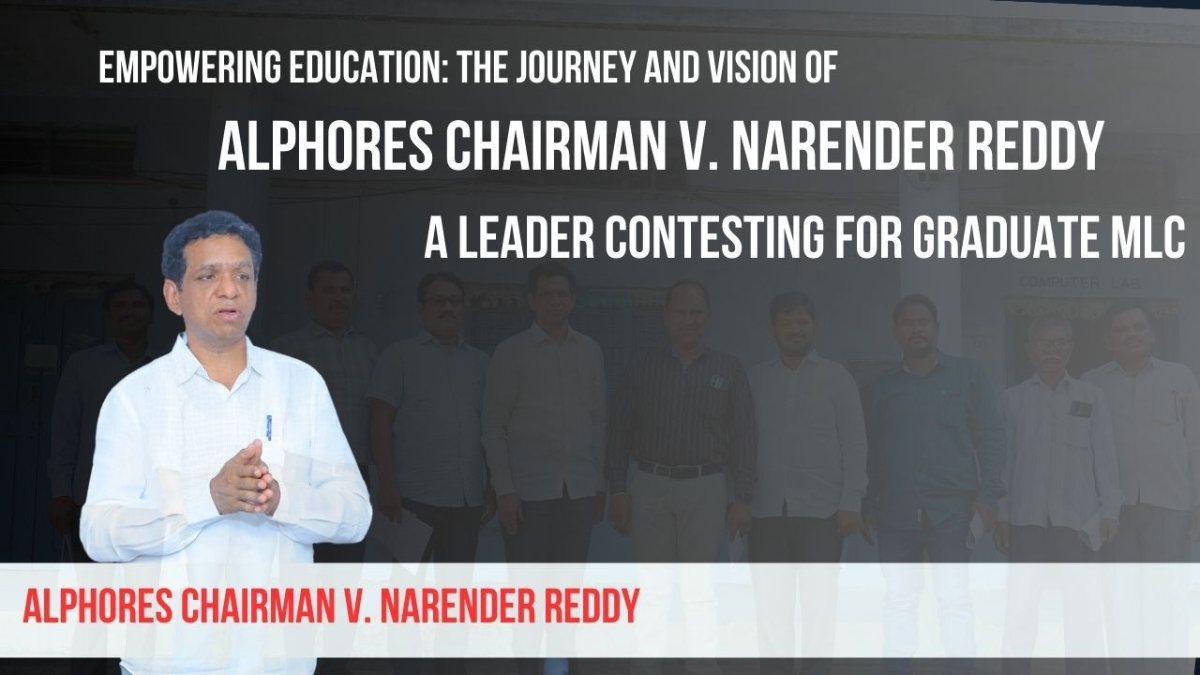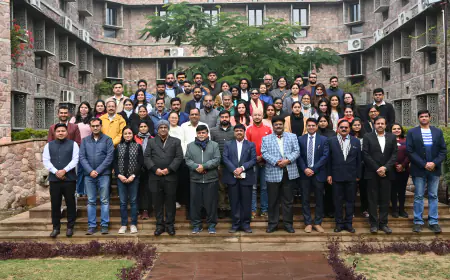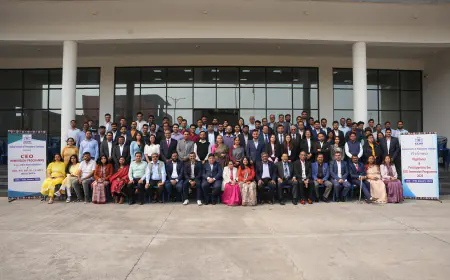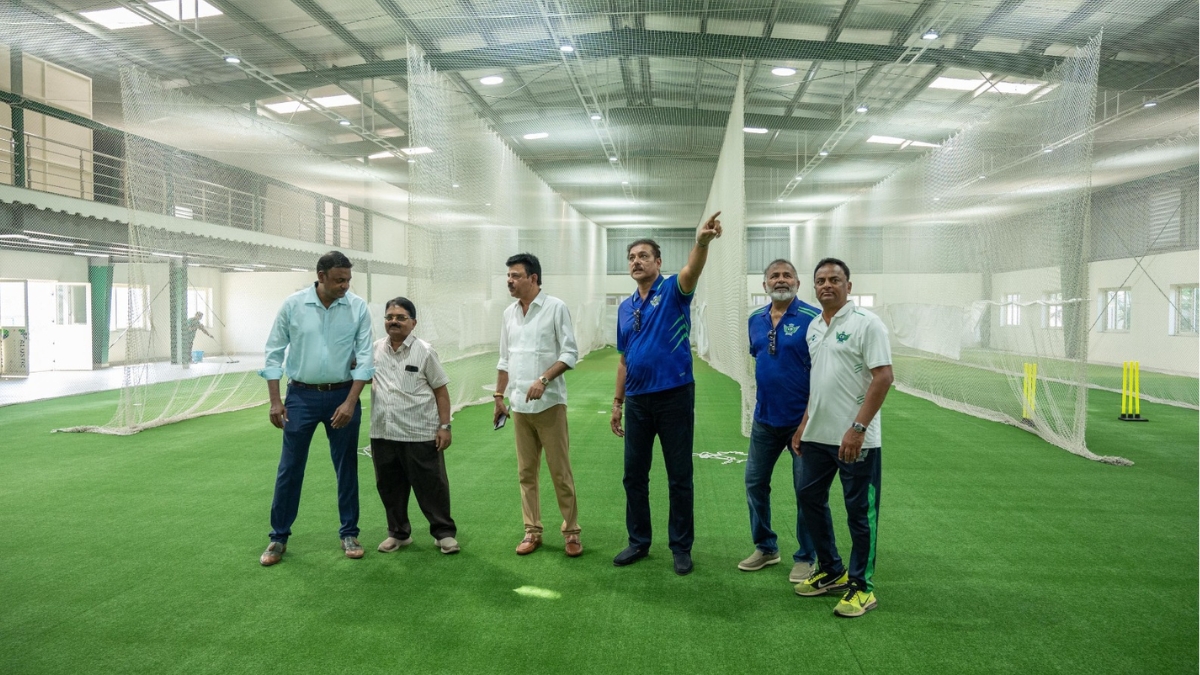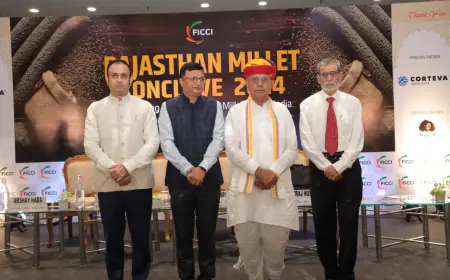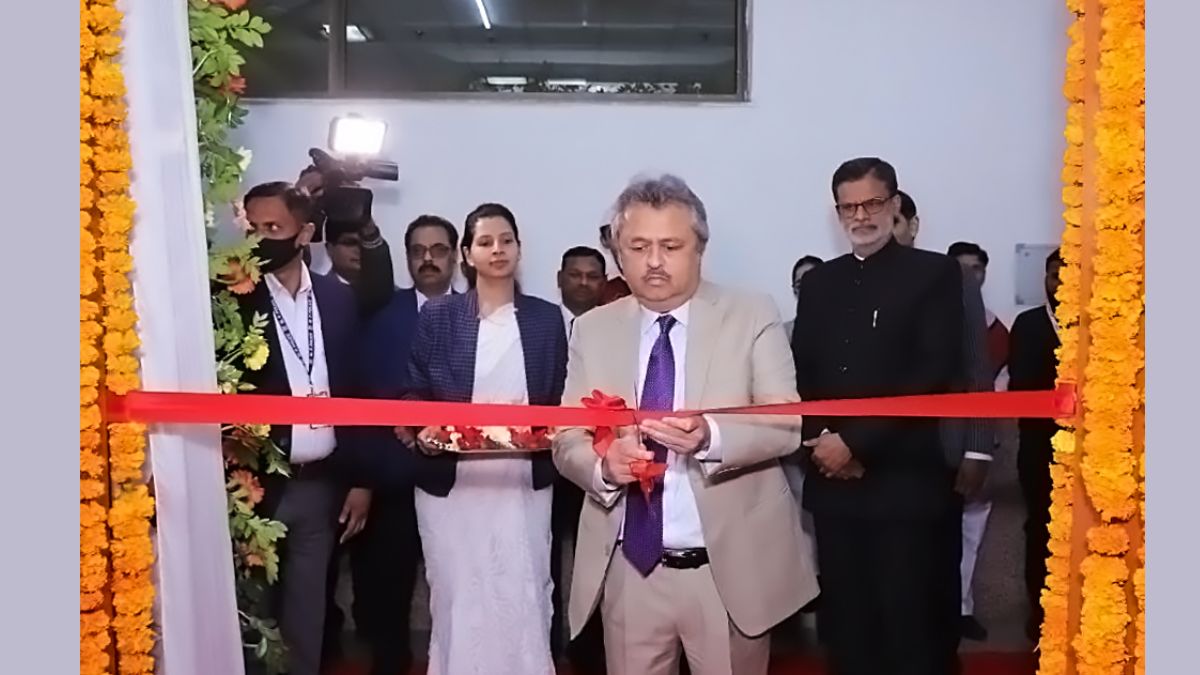Kashi Vishwanath Mandir: 'Royal Family Is The Guardian Of All Temples'
In such a situation, based on being a member of the erstwhile royal family, he has the right to challenge the place of worship law.

Kashi Naresh Kunwar Anant Narayan Singh's sister Kumari Krishna Priya has applied to the Supreme Court. This application has been made in the Supreme Court in the ongoing case against the Place of Worship (Special Provisions) Act, 1991. It has been said in the application that the then royal family of Kashi should be allowed to recapture the disputed illegal structure, which is the original site of Kashi Vishwanath temple. The matter is to be heard tomorrow.
Krishna Priya, daughter of former Kashi King Maharaja Vibhuti Narayan Singh, has said in an application to the Supreme Court that the former ruler of the princely state of Kashi was the chief patron of all the temples in Kashi. In such a situation, based on being a member of the erstwhile royal family, he has the right to challenge the place of worship law. It is also a case of violation of Articles 25, 26, 29, and 32 of the Constitution.
Former Kashi King's daughter's application to SC
According to the application, the Places of Worship Act directly debars the affected parties in this case from approaching the courts for restoration of religious places. Whereas based on evidence, this opportunity should be given to the affected party through the judicial process. Along with Krishna Priya, a member of the Tuluva Vellalar community has also applied before the Supreme Court seeking intervention in the matter. They argue that the Kapaleswara temple in Chennai was rebuilt after it was destroyed by the Portuguese.
Demand for restoration of the illegal structure of the mosque
In the application, Krishna Priya has argued that the head of the erstwhile royal family of Kashi is traditionally recognized as the authority on the religious aspects of the Kashi Vishwanath temple. In such a situation, it is the duty and right of his family to demand the reclamation of the disputed illegal structure known as Razia Masjid. According to the application, apart from the Razia Masjid, the erstwhile royal family has also sought the reclamation of the disputed illegal structure known as the Dhaurhara Masjid, which was built by Mughal emperor Aurangzeb in 1682 after the destruction of the Bindu Madhav temple at Panchganga Ghat.
petition challenging the place of worship law
Remember that in the case of the petition challenging the Place of Worship Act, the Supreme Court had made it clear that only the affected parties can approach the court in this matter. In such a situation, two other applicants, including Krishna Priya, have applied to the Supreme Court and put forward other demands along with making them parties.
The application also states that the Places of Worship Act was passed hastily without any prior consultation with stakeholders with the intention of not subjecting the contents of the Act and its implications to democratic and informed debate. Several petitions have been filed before the apex court challenging the provisions of the Places of Worship Act. The petitioners include Advocate Ashwini Kumar Upadhyay (main petitioner), Advocate Chandrashekhar, former MP Chintamani Malviya, Swami Jitendra Saraswati, Devkinandan Thakurji, and Anil Pigeon.




